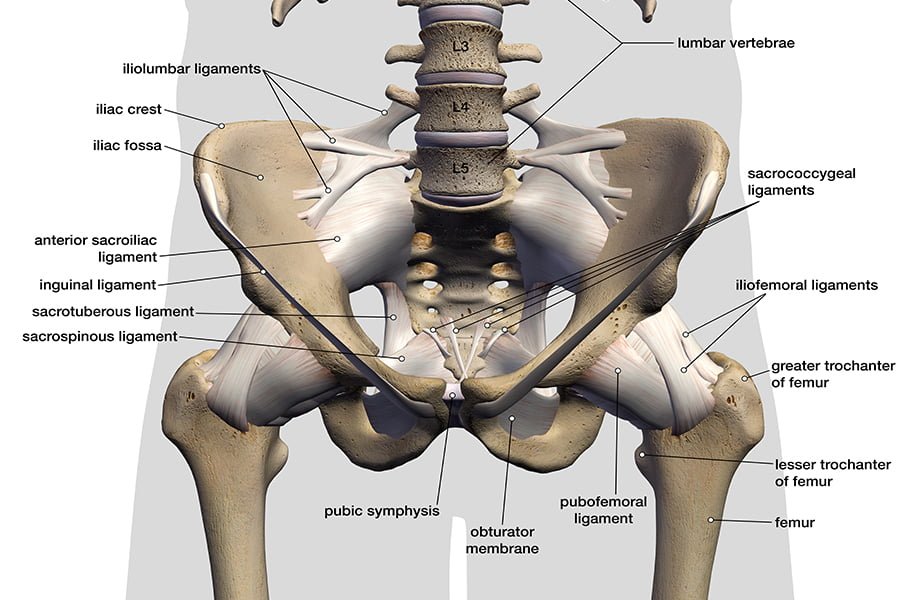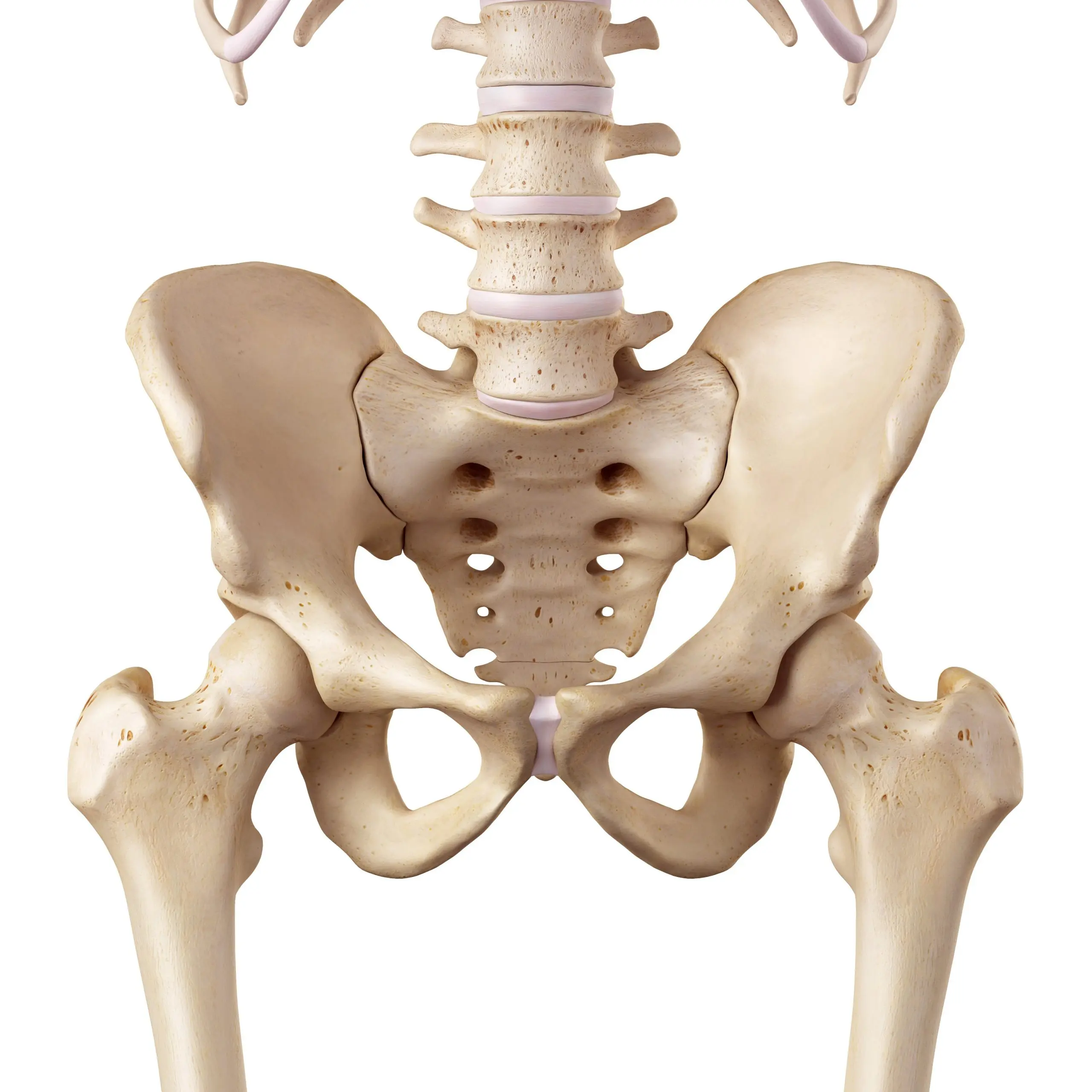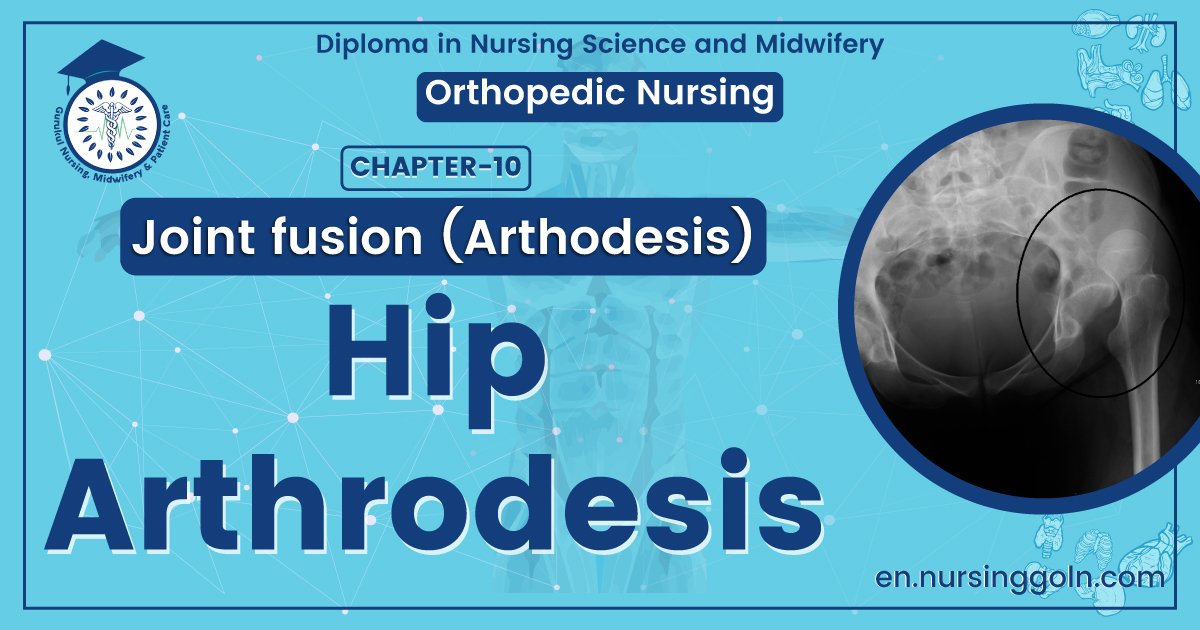Hip Arthrodesis – An orthopedic nurse is a nurse who specializes in treating patients with bone, limb, or musculoskeletal disorders. Nonetheless, because orthopedics and trauma typically follow one another, head injuries and infected wounds are frequently treated by orthopedic nurses.
Ensuring that patients receive the proper pre-and post-operative care following surgery is the responsibility of an orthopedic nurse. They play a critical role in the effort to return patients to baseline before admission. Early detection of complications following surgery, including sepsis, compartment syndrome, and site infections, falls under the purview of orthopedic nurses.
Hip Arthrodesis
Hip arthrodesis:
A hip arthrodesis is the surgical fusion of the hip joint.
Purpose of hip arthrodesis:
1. To halt the diseases process.
2. To provide stability of the joint.
3. To relieve pain.
[Ref-Adult Orthpaedic nursing Lippincott, P-294]

Indication of the hip arthrodesis:
1. Tubberculosis of hip joint.
2. Pyogenic’ arthritis of hip joint
3. Osteoarthritis (especially traumatic)
4. When Osteotomy and arthroplasty is contraindicated
[Ref-Adult Orthpaedic nursing, Lippincott, P-294]
Contraindicated to arthrodesis:
1. Elderly patients with good ROM. (Range of motion)
2. Lack of bone stock
3. Abnormality in the compensating of joints (lumbar spine, knee, opposite hip.
[Ref- Apleys, System of orthopaedic and fracture]

Complications of Hip arthrodesis:
1. Failure to ‘fuse.
2. Malpositions which hampers function and unwanted strain of other joint.
3. Compensatory deformity in other joints(Knee and opposite hip).
4. Low backache (60% in 20 years after joint fusion).
5. Difficulty in sexual intercourse.
6. Squatting is impossible.
7. Fatigue fracture (at the metlic implants ends).
[Ref- Apleys, System of orthopaedic and fractures, P-536]

Read more:
